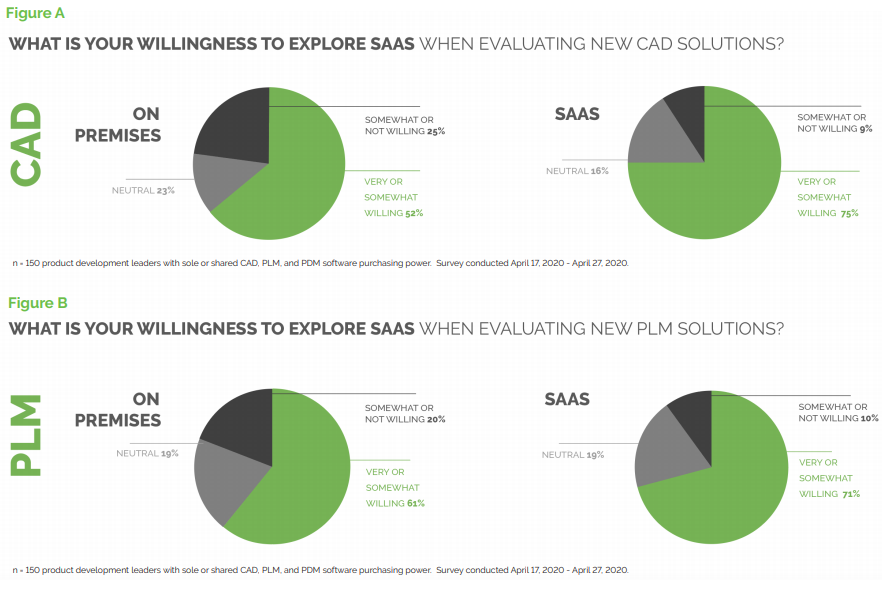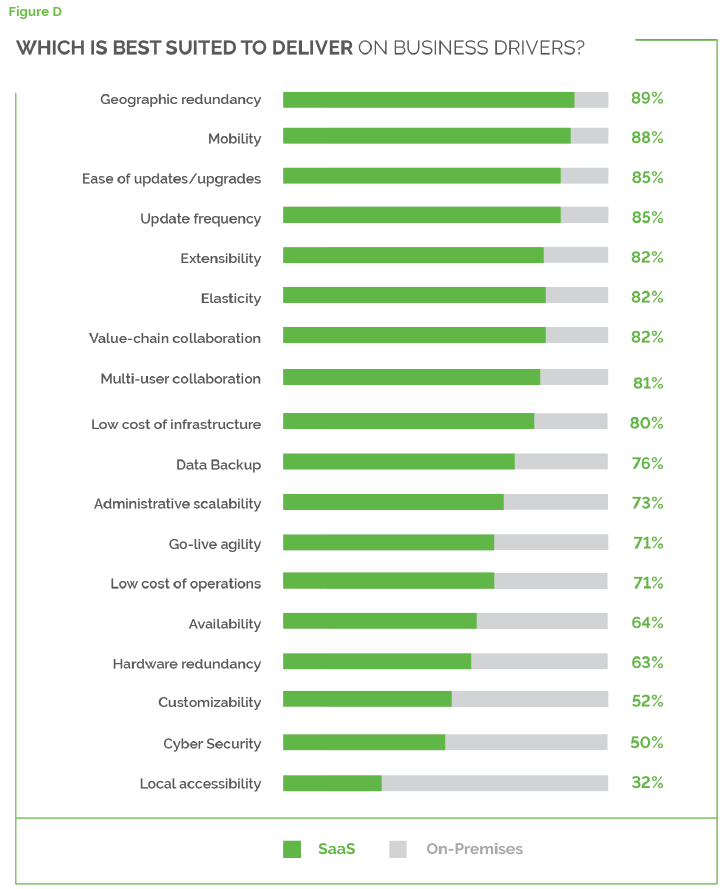Software as a Service (SaaS) adoption has reached a tipping point in the product lifecycle management (PLM) and computer aided design (CAD) markets. Here, Will Hastings, research analyst manager at PTC talks about the way forward.
With the COVID-19 crisis forcing many desk workers to work from home, organisations that relied on their physical space as a hub for collaboration find themselves leaning on their digital tools to compensate. The spike in users of video conferencing software like Zoom reflect the desire of these businesses to recreate the office experience for remote workers. However, it has become clear to many that adopting video conferencing and other ancillary tools is only a half measure; remote work will suffer as long as the software used to collaborate is distinct from the software used to execute.
PTC, a specialist in PLM and CAD solutions, expects that the need for truly collaborative software tools in response to the COVID-19 crisis and beyond will be met with increased adoption of SaaS solutions. Built in the cloud and designed for flexibility, collaboration, and mobility, SaaS solutions offer organisations powerful new ways to work in the physically dispersed and digitally connected world in which we find ourselves.
To test this hypothesis applied to CAD and PLM products, PTC conducted a survey of 150 directors, VPs, and executives who lead the engineering design, manufacturing design, and product lifecycle management functions for their companies. The results of the survey show that there is far more interest in SaaS among product development teams than recent market history would suggest.
Embracing SaaS-based solutions
SaaS currently holds a small share of the CAD and PLM markets, but survey takers responded with high positivity when asked how willing or unwilling they were to explore SaaS alternatives for their next solution. For CAD, 75% of respondents were willing to explore SaaS with only 9% expressing unwillingness. In comparison, only 52% showed interest in exploring on-premises CAD solutions with 25% expressing some level of unwillingness (Figure A). As shown below, a similar trend held for the PLM version of this question, although the preference for SaaS was not quite as strong (Figure B).

This suggests that any early skepticism of SaaS, which may have depressed adoption among product development organisations in the past, will not be a significant factor in market behavior going forward. The data indicates that product development organisations likely want to see more SaaS options to choose from. Further questions explored below help to reveal the cause of this shift in attitude.
COVID-19 as a catalyst
To validate the widespread speculation that COVID-19 has encouraged companies to invest in SaaS and will continue to bolster SaaS adoption after the crisis is dealt with, survey takers were asked how the impact of COVID-19 has affected their interest in SaaS-based solutions. 35% of respondents indicated that as a result of the COVID-19 crisis they were more or significantly more interested in adopting SaaS for CAD or PLM (Figure C). The disruption caused by COVID-19 could very well be the catalyst for a mass migration to SaaS in the product development market, a migration that has already taken place in other enterprise software markets – including customer relationship management (CRM) and human capital management (HCM) – within the past decade.

Intrinsic benefits fuel adoption
While the disruption caused by COVID-19 may end up as the catalyst for a shift to SaaS, it will not be the fuel. Any significant growth in the adoption of SaaS in the CAD and PLM market will be driven by its perceived benefits over other deployment methods. To evaluate which benefits have the most potential to accelerate adoption, participants were presented with 18 business drivers that related to software deployment and architecture and asked which of SaaS or On-premises was more capable of delivering on them.
The results do a fair job speaking for themselves (Figure D). For all but two of the business drivers, respondents perceived SaaS as better suited to deliver value. The drivers that aligned with the boarder concepts of collaboration, scalability, total cost of ownership, and innovation velocity were all more strongly associated with SaaS capabilities, which helps to explain why COVID-19 has led to increased interest.

As expected, local accessibility, or the ability to access software functionality without an internet connection, favored on-premises deployments. Possibly the most interesting result was a split decision on cyber security. More research is necessary to understand if this polarisation indicates a difference of expert opinion on cyber security within the market, or lack thereof.
In addition to exploring the drivers of SaaS adoption, the survey also identified its inhibitors. These took the form of software capability concerns and cultural hurdles and will be explored in the part two of this story.
Click here For more on PTCs perspective on SaaS in product development
The author is Will Hastings, research analyst manager at PTC.
Comment on this article below or via Twitter: @IoTNow_OR @jcIoTnow










